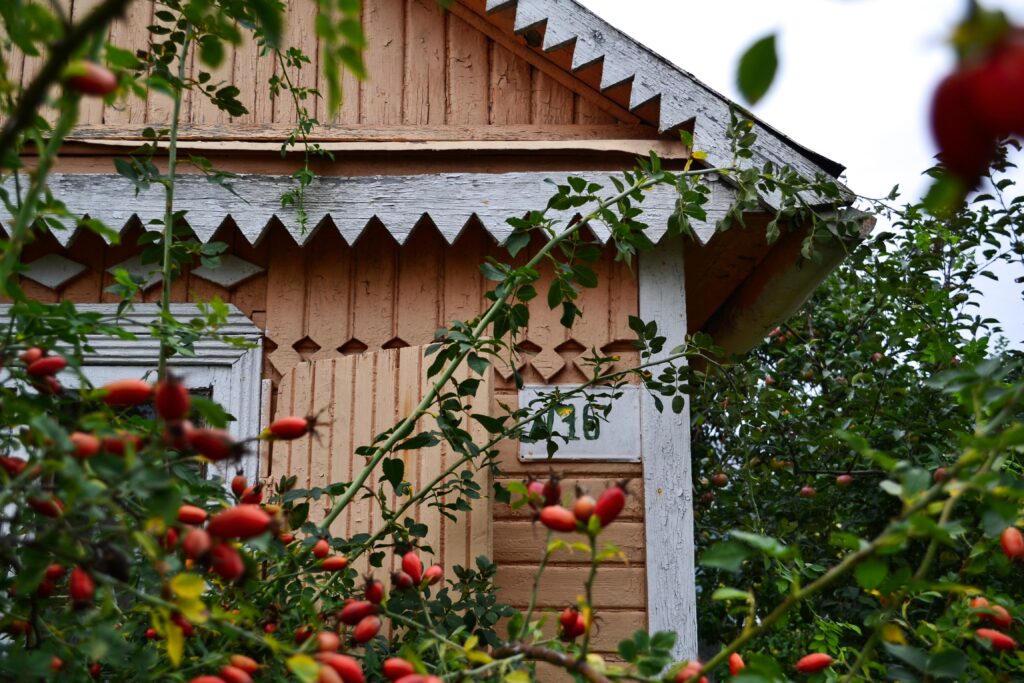When we talk about sustainable living, a lot of people assume it’s about growing your own veg. as in the Good Life. Although it’s not the only part, it is a very important aspect; to source our basic needs as close to home as possible means a massive reduction in carbon emissions and is healthier for us and the planet on every level.

Since the Corona outbreak I have been really heartened to see so many more people engaging with their gardens and growing food. It really doesn’t matter how small a space you have, just to start is massively important. Apparently there is a growing number of young Instagrammers who are gardening on balconies and on windowsills, with massive followings. The spark in interest seems to have been for a variety of reasons; some panic about uncertainty of food supplies, some because people have had time at home and needed something to do and some thinking of future global food shortages as a result of the pandemic. Whatever the reason, I’m thrilled to see it happening.

Another big impetus to grow our own is the very real threat of deregulation in the UK due to Brexit. This week a trade deal with the U.S. has been pushed through, meaning that we will now have de- regulated meat supplies ( chlorinated chicken making the headlines) and lower standards on food production allowed. Many people are responding by recognising that to eat safely and well, we will now need to grow our own as much as possible and source our meat as locally as possible from local suppliers who can demonstrate the production trail. Our local butcher is already displaying their meat production route from farm to market. So it is up to us to turn a negative into a positive by taking the power back and doing what we can to turn things in our favour. If we don’t buy the badly produced food that will make us ill, then the government will have to think again about its dodgey deals. (An interesting podcast this week from America is talking about the direct connection between food and soil health and human health. This highlights more than ever how bad for our health the American system is- yet still we go running to it…) https://www.youtube.com/watch?v=X3aOQ0N74PI&feature=share&fbclid=IwAR3Pgj8PWQXzXzQiQHZccxSIA28eRdmCB6YIkerOjtm38dXei4kQD-w69Tk

Another thing that has cropped up this week (‘scuse the pun) is how 40% of food in Russia is grown in small family gardens. It is a big part of their culture from the communist days when 90% of their food was grown in dachas. The spark to return to the old system was fuelled by a fabulous series of books called The Ringing Cedars, which I devoured a few years ago and helped me get back into the garden again. https://returntonow.net/2020/02/13/nearly-40-of-russias-food-comes-from-small-family-gardens/?fbclid=IwAR1goZzmfarrcKg91K3QsY8htYiHkcnvX8wl9ZONaPVh51MfoZeENeYLKI0

On the personal front my efforts to grow more of our own have been helping to keep me sane and happy during this pandemic. We have the framework of perennial fruit bushes, herbs and trees in the garden, which are there whether we do anything or not, but this year I’ve really enjoyed planting and growing vegetables.

Seed wise I’ve had successes with the leafy crops- broccoli, purple sprouting broccoli and chard. I’ve put in some potatoes that had started sprouting in the bag and am finally getting some beans to sprout. The fab thing about gardening is that when nature works, she works abundantly giving an excess of whatever we plant. So I’ve given away my extras to neighbours who’ve done the same with me and I’ve ended up with tomatoes, cucumbers, aubergines and peppers fro the greenhouse, as well as some cabbage, beetroot and strawberries for the garden.

It’s not just getting the seeds to sprout and grow but once they’re in the ground, it’s protecting them organically from all the potential bugs. Today I saw that one of the purple sprouting broccoli had been munched by a slug. So out came the oats (Savers Oats from Morrisons) which I sprinkle around each plant. It’s a tip I heard years ago and seems to work. The slugs eat the oats instead, which dry them up, then they are ready stuffed for the birds and our baby plants survive. Win win, when you realise slugs produce 40 eggs about six times a year and there are about 200 slugs per cubic metre of soil.

My neighbour has alerted me to netting the broccoli to prevent the cabbage white butterfly laying eggs. So I’ll be building a frame over the bed and covering it with fine net which prevents them getting near at the crucial time.

Gardening isn’t always easy it can be hard physically but it feels so amazing when I’ve been out there all day and come in tired but happy. There’s nothing better than the satisfaction of seeing a plant that you have put in the soil as a seed, turning into a plant and then growing. You can never be bored or unhappy in a garden.

To quote Alfred Austin,
‘The glory of gardening: hands in the dirt, head in the sun, heart with nature. To nurture a garden is to feed not just the body, but the soul.’
« Back to blog page